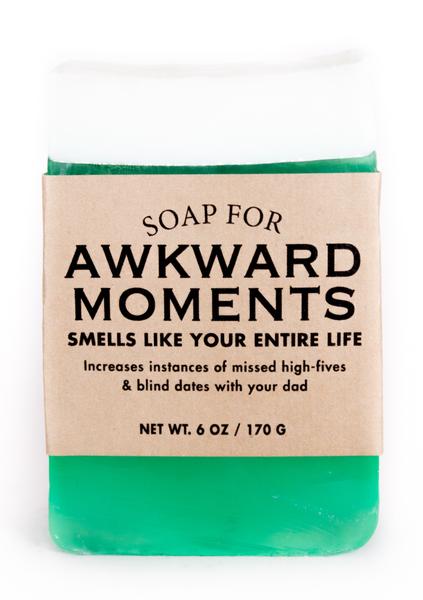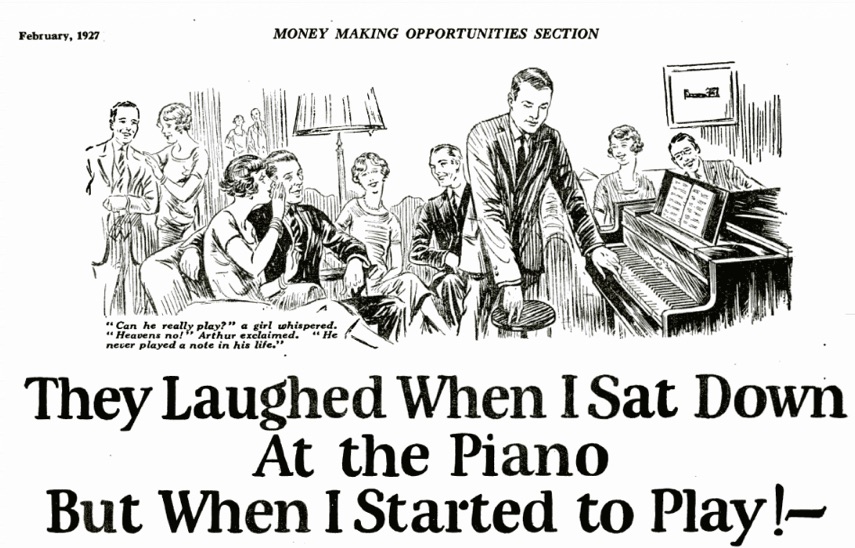AdWeek recently observed that as native advertising continues to evolve, publishers and marketers are shifting focus from the use of demographic data to that of psychographic data.
What exactly is psychographics, and what's its role in native advertising? Let's start with a comparison.
Most advertisers are intimately familiar with demographic data, which is easily quantifiable. It includes things like:
- Age
- Gender
- Income
- Marital status
- Social class
- Occupation
Psychographics includes the following data:
- Attitudes
- Interests
- Opinions
- Personality
- Motivations
- Aspirations
- Lifestyle
- Values
Why use Psychographics?
Simply put, if demographics help you understand who your customer is, then psychographics help you understand how they think and why they buy. This is why psychographic data is often used in marketing activities that are "close to the sale," like sales copywriting and conversion rate optimization. But that's not all psychographics is good for.Marketers can use psychographics to enhance all aspects of marketing, branding, and even product creation. For an example of the latter, check out how Whiskey River Soap Co. uses psychographic copy to appeal to an audience that values snarky, and often irreverent, humor:

Although a useful marketing tool in theory, psychographics is often overlooked in practice. As marketers and advertisers we're used to working with objective data, which is readily available through analytics. Psychographic data is subjective, or "soft," data, which makes it a little tougher to pin down.
We've included a few tips for how you can do your own psychographic research a bit further down. But first let's look at a few practical uses of psychographics for native advertising in particular.
Psychographics and Native Advertising
Publishers and advertisers alike can benefit from applying psychographic research to native advertising campaigns.Publishers can use psychographic data – such as problems, goals, beliefs, values, and lifestyle – to display ads that are highly relevant to their target audience. Aside from generating more ad clicks, relevancy helps publishers stay on-brand and build affinity with website visitors.
Advertisers can use similar data to craft compelling ad copy that echoes and agitates the struggles, desires, and goals of their target buyers – and then offers the perfect solution.
For a classic example of psychographic-infused copywriting, take the famous advertisement by John Caples, "They Laughed When I Sat Down At the Piano But When I Started to Play!":

Why was this ad so wildly successful, going on to inspire scores of copycat versions? In just 15 words, the copy manages to appeal to several psychographic elements:
- An insecurity that our skills are inadequate;
- A desire to be admired by others;
- And, perhaps most powerfully, a desire to "get even" with the people who we perceive to be laughing at us
While you might not become a copywriter of John Caples' fame overnight, you can apply the same psychographic principles to your own ad copy and imagery to create irresistible ads.
You can also use psychographics to choose images for maximum effect – for instance:
Emotions. Imagery of strong emotions – pain, pleasure, anger, happiness, fear, surprise, disgust, etc. –trigger sympathy in viewers. When you're searching for stock images for your ads, try using keywords that describe the emotion or experience that your product or service promises to deliver. For instance, abstract words like "confidence" can turn up more promising results than product-oriented terms like "fitness" or "weight lifting."
Familiarity. Psychographic data helps you understand your audience's interests, such as media they follow or celebrities they admire or dislike. By using instantly recognizable images of memes, events, celebrities, or iconic figures, you can greatly increase the odds of your ad jumping out from all the rest.
Curiosity gap. The curiosity gap is often applied to the ad copy itself, but it can also be used to great effect in your images by obscuring a vital piece of the context, or causing viewers to wonder why the subject of your image is reacting in a certain way.
How to Research Psychographic Data
Ready to start applying the power of psychographics to your native ad campaigns? The first step is to get to know your target customer up close and personal. Here are eight useful sources that you can help you do that:Historical campaign data. Successful (and unsuccessful) product launches, advertising and email marketing campaigns, landing page conversion data, and social analytics are all valuable sources of information about what really matters to your target audience.
Email surveys. Get in the habit of regularly asking your subscribers what kind of content they'd like to see more of. Many people are more than happy to participate if they can see what's in it for them.
Social communities. Facebook group culture in particular tends to be highly candid. The sense of camaraderie encourages group members to be open about their biggest obstacles, insecurities, and goals.
Pinterest. Widely used as a "vision board" of ideas and inspiration for future projects, Pinterest is a goldmine for marketers who wish to understand more about what motivates their customers from an aspirational standpoint.
Product reviews. Negative Amazon reviews are an excellent source of psychographic data. Browse product reviews in your niche and make note of the most frequently voiced complaints. Then, put these to work in your ad copy.
A/B tests. Be proactive about your market research by A/B testing different headlines, images, and CTAs in your ad campaigns and documenting any patterns you notice. For example, you might discover that your target audience is primarily motivated by money as a social status symbol, rather than as a means to escape the 9-to-5 grind.
Collecting and applying psychographic data is an invaluable skill for anyone who wants to succeed in native advertising today. Don't make the mistake of undervaluing this sophisticated marketing technique and the powerful effect it can have on your native ad campaigns.





